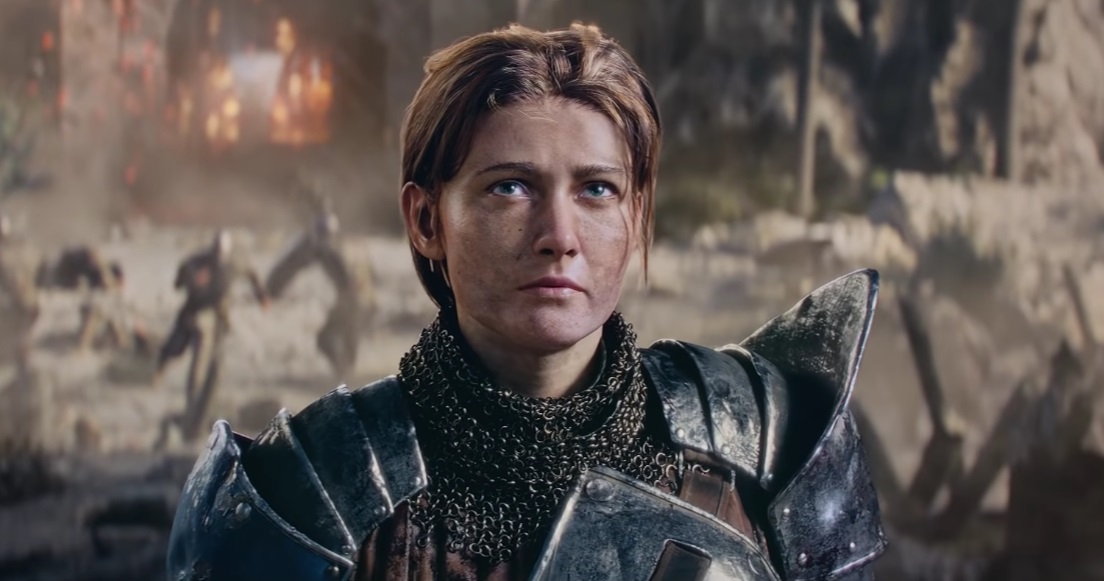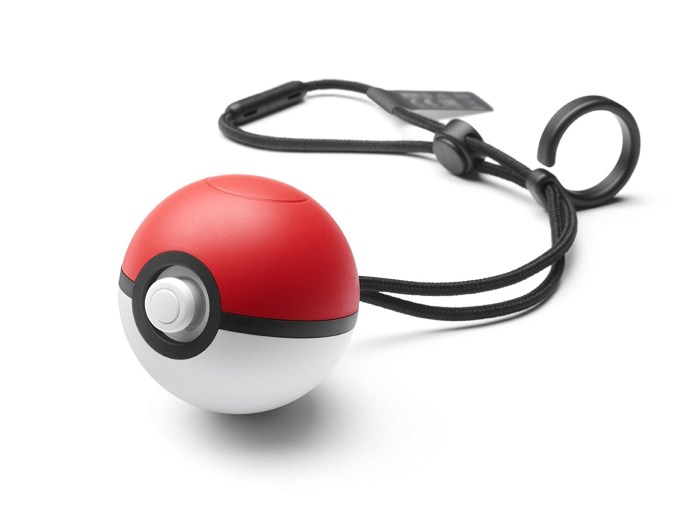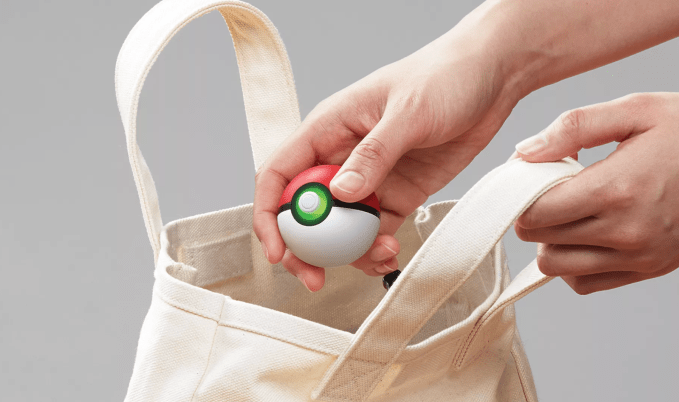Southeast Asia-based internet firm Sea is raising $400 million through the sale of notes in what would be its first fundraising activity since it went public via in an October 2017 IPO that raised over $1 billion.
The Singapore-based company, formerly known as Garena, said that the senior note offering will put toward general costs and business expansion. Long-time investor Tencent is expected to buy up $50 million of the notes on offer, and the offering itself could be extended by a further $60 million.
Sea’s IPO was a landmark for Southeast Asia, where startup exits are few and far between, but the company hasn’t exactly set Wall Street on fire since making its public bow. Its share price is $16.40 at the time of writing, having debuted at $15. It has risen thanks to gains over the past month following its most recent earnings but initially the company spent a lot of time priced under $15.
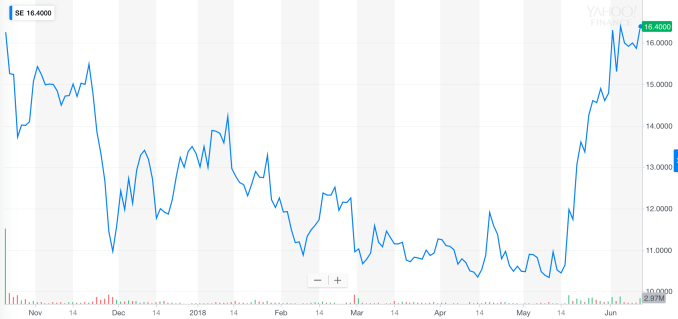
Sea share price, via Yahoo Finance
So what got investors excited? In short, signs of growth.
Revenue for Q1 jumped 81 percent year-on-year as its Shopee e-commerce service doubled its GMV and the firm’s AirPay payment unit quadrupled its transaction volume, but ultimately the business remains unprofitable. Losses jumped from $73 million to $216 million and Sea’s cost of revenue more than doubled, indicating that it is still chasing growth for its businesses.
While AirPay and Shopee, which competes with the likes of Alibaba-owned Lazada for the attention of Southeast Asia’s 600 million consumers, are growing, the same can’t be said of Sea’s main business. It rose to prominence selling games via its Garena service, with Tencent a particular ally here, but that business is seeing new user growth flatten and and revenue gains slow.
It makes sense that Sea is playing up its digital business since the big opportunity in Southeast Asia is e-commerce, as evidenced by Alibaba’s recent double-down on Lazada — which it first bought a majority stake in for $1 billion in 2016. Alibaba invested $1 billion more in 2017 and then a further $2 billion in March to increase its ownership. It also installed a number of its own executives in a bid to help Lazada grow its business and the overall e-commerce industry in Southeast Asia, too.
A much-cited report co-authored by Google forecasts that e-commerce in Southeast Asia will surpass $88 billion by 2025. That’s up from an estimated $10.9 billion in 2017.
Sea said previously that it expects Shopee to reach $8.2-$8.7 billion in GMV in 2018, a increase that’s potentially as high as 112 percent year-on-year. That’s up on its previous guidance of $7.5-$8 billion but, since it is GMV, it doesn’t translate to direct revenue for the company itself. Sea had previously boosted Shopee by allowing a high burn rate to fund merchant and buyer promotions. It only began to monetize the service last year.

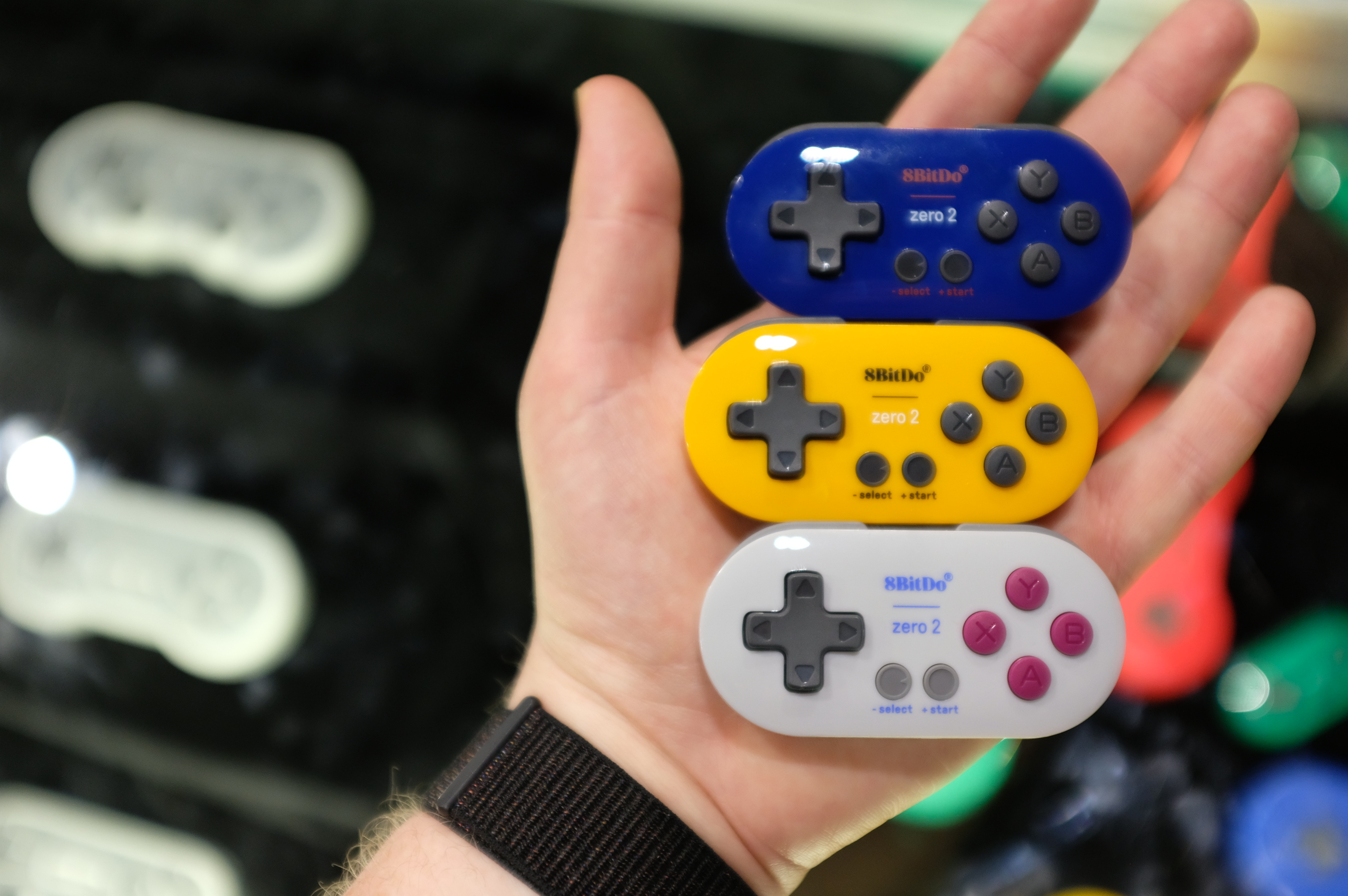
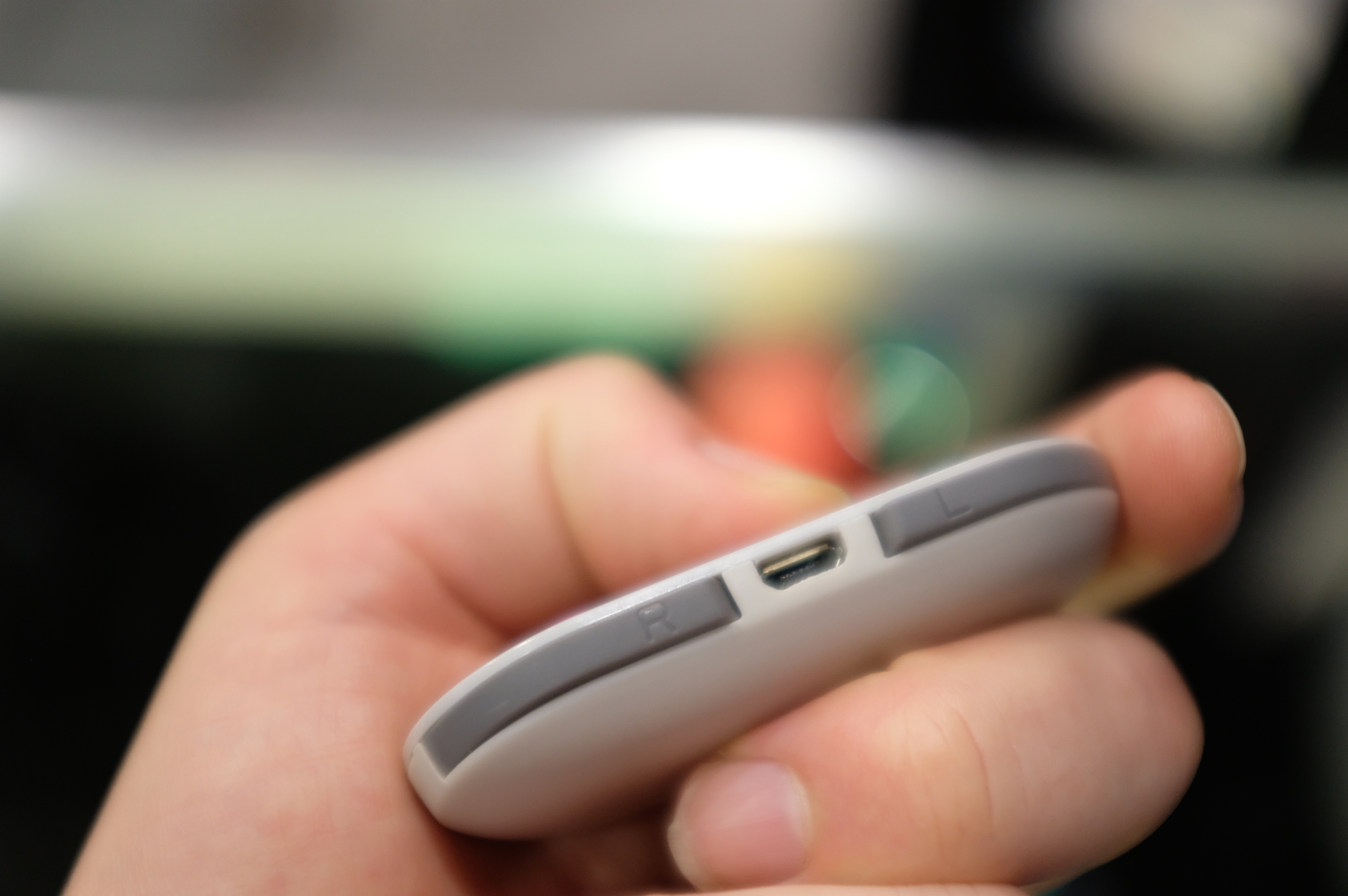

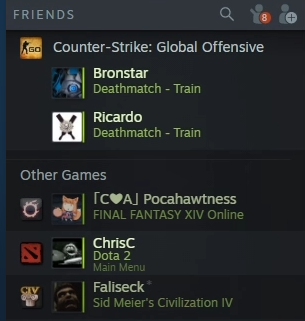 Today’s news suggests that Valve has not failed to hear gamers’ cries. The revamped chat is very Discord-like, with text and voice channels listed separately, in-game details like map and game type listed next to friends and a useful quick list for your go-to gaming partners. There’s also a robust web client.
Today’s news suggests that Valve has not failed to hear gamers’ cries. The revamped chat is very Discord-like, with text and voice channels listed separately, in-game details like map and game type listed next to friends and a useful quick list for your go-to gaming partners. There’s also a robust web client.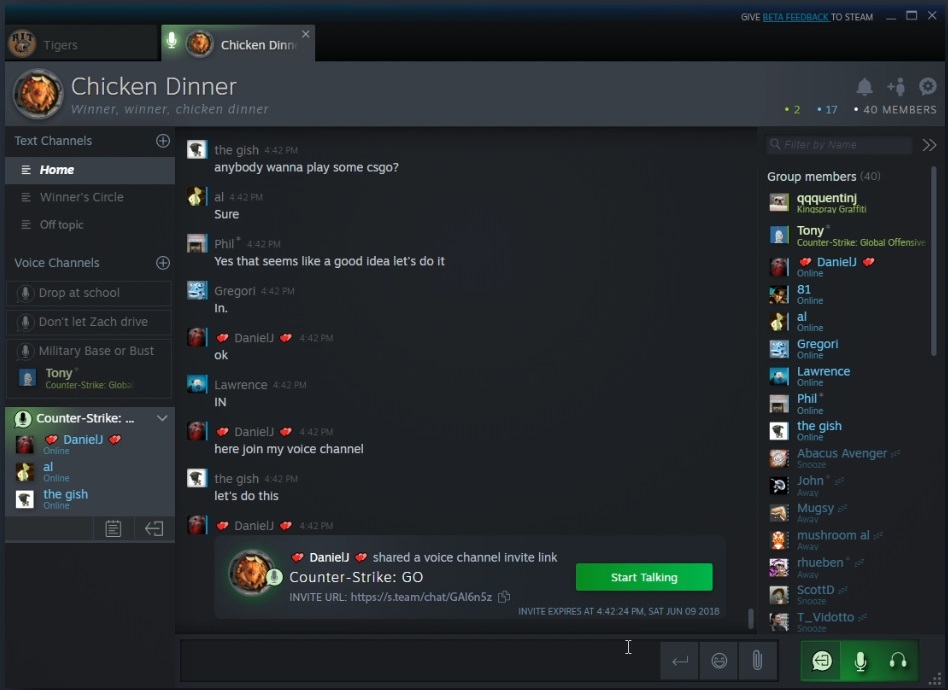 That said, it’s far too late for Steam to steal away Discord’s users — it’s been adopted by far too many communities and the benefits of switching aren’t really substantial. But for people who have not yet installed Discord, the presence of a robust chat and voice client within Steam is a powerful deterrent.
That said, it’s far too late for Steam to steal away Discord’s users — it’s been adopted by far too many communities and the benefits of switching aren’t really substantial. But for people who have not yet installed Discord, the presence of a robust chat and voice client within Steam is a powerful deterrent.

 In Assassin’s Creed Odyssey, Ubisoft went so far as to twist the lore of the series to accommodate the player’s choice of character:
In Assassin’s Creed Odyssey, Ubisoft went so far as to twist the lore of the series to accommodate the player’s choice of character:  Elsewhere we saw diversity on display in something as simple as having men and women of all races represented as pirate captains, commanders of futuristic forces, medieval knights (a nice Joan of Arc feel from For Honor’s trailer) and futuristic jet pilots. (My favorite outfit was in
Elsewhere we saw diversity on display in something as simple as having men and women of all races represented as pirate captains, commanders of futuristic forces, medieval knights (a nice Joan of Arc feel from For Honor’s trailer) and futuristic jet pilots. (My favorite outfit was in 